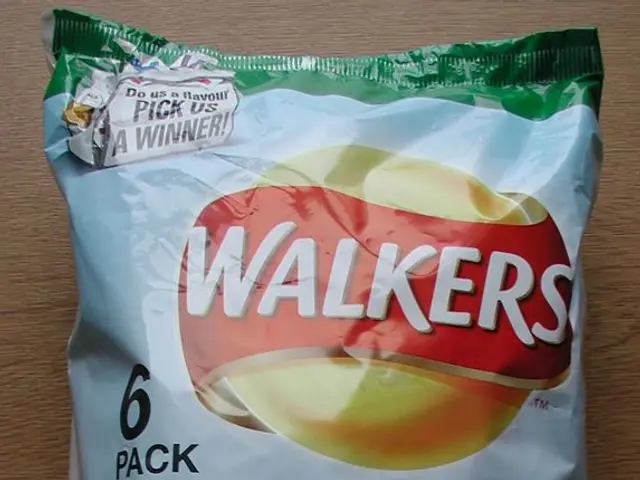UBA Sounds Alarm on MNP Exposure From Sunscreens
The German Environment Agency (UBA) has requested an assessment of contamination levels of Mono-n-hexylphthalate (MNP) in humans. The Human Biomonitoring Commission has set a toxicological assessment value of 60 micrograms per liter (μg/L) of urine for MNP. Seasonal fluctuations suggest sunscreen as the primary source of contamination.
The UBA is currently conducting the German Environmental Study on Health (GerES) to assess population exposure to environmental pollutants. MNP was detected in 29% of urine samples from GerES VI. Exposure to MNP may be linked to the use of cosmetic products, particularly sunscreens containing a specific UV filter (DHHB). In Europe, strict regulations under REACH and the Cosmetics Regulation aim to reduce MNP contamination from cosmetics, especially sunscreens. These measures include mandatory safety assessments and monitoring to limit or ban harmful phthalates in these products.
MNP can be a degradation product of Di-n-hexylphthalate (DNP), which is a concerning substance under the REACH Regulation. DNP has been banned in the EU since 2023 due to its potential to endanger human fertility. Phthalates are commonly used to make rigid plastic, especially PVC, flexible.
The UBA is collaborating with the European Chemicals Agency (ECHA) and the European Environment Agency (EEA) to assess MNP exposure in other European countries. As seasonal fluctuations suggest sunscreen as a main source, stricter regulations and safety assessments of cosmetics containing MNP or its precursors are expected to reduce human exposure.




